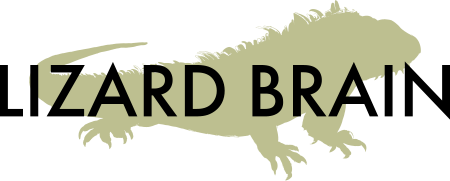Managing Up, Down, Across, and Out
Pause to consider how well you manage UP, DOWN, ACROSS, and OUT.
A few years ago, the senior leaders of an organization I was consulting decided they needed a major cultural shift. Fortunately, they were willing to dedicate the time and effort necessary to pull it off. We used Appreciative Inquiry (AI) as the foundation for the change. AI focuses on what works well in an organization and replicates those conditions of success. I asked, “Which of your midlevel managers is the best example of the culture you’re moving to?” Immediately and unanimously, the organization’s leaders said one name: “Bob!” (Not his real name.)
“Why Bob?” I asked.
The senior leaders said, “Bob has been with us for over twenty years. He worked his way up through the organization and really knows his stuff. We’ve undergone a lot of changes over the past few years, and Bob has adopted every one of them into his division. He understands what we are trying to change this organization into and has taken on special projects to make this possible. He’s been successful every time. Despite how resistant the culture is, he’s been persistent. He’s hard working and he gets things done. If we had twenty more people like Bob, we’d change this organization in no time.”
Excited, I made an appointment to interview Bob. I was sure that, if I could just figure out what made him successful, the cultural shift would be in the bag. The interview went well. Bob was easy-going and optimistic. He was enthusiastic about the organization shifting its culture. He shared openly about his management philosophy and his approach to getting things done. He echoed many of the same cultural tenants that I’d heard from the organization’s leaders. When I closed the interview, Bob graciously offered to provide any support or answers I might need going forward.
Then I asked Bob if I might interview some of the people in his division.
Bob went stone-faced. He said, “Look, I don’t want to dissuade you, but this division has been in the organization since the very beginning. There aren’t a lot of forward thinkers. They like things just the way they are. Change isn’t going to come easily to them.” I said I understood, but that it was important to get a complete picture. Bob shrugged and handed me an org chart.
I interviewed Bob’s five direct reports.
Not one of them could stand him.
“There’s no filter with Bob. He just takes whatever leadership throws at him and plugs it into our division, whether it makes sense or not.”
“Bob expects way too much from us. Each one of these changes has either given us more to do or taken away resources. More bricks, less straw.”
“Bob treats us like disposable assets. He doesn’t listen to our concerns. He simply mandates and expects us to fall in line. And if you do what he says and production DOES fall, he completely throws you under the bus.”
“Bob is only looking out for himself. He goes out of his way to make himself look good to the bosses. But you don’t want to be one-on-one with him.”
“Bob is a jerk. He’s rude, arrogant, doesn’t listen… he’s just a jerk. I’ve been with this organization since college, but I put in my resignation letter two days ago. I just can’t work for him anymore.”
Bob wasn’t really a bright spot. He was exceptionally good at managing UP. He put a lot of energy into supporting the organization’s leaders. But he failed at managing DOWN. His direct reports had no respect for him. He was what Barry Oshry calls “a sewer pipe;” someone who takes what people at the top of an organization shovel out and dumps it on those at the bottom.
Following Oshry’s model of “Seeing Systems,” being good at your job also means being good at managing the different kinds of relationships.
- How are you at managing UP? Do you support your boss? How far up the organizational ladder does that support go? Do you support the organization’s strategy and direction? How do you demonstrate that support, in words and actions?
- How are you at managing DOWN? Do the people who report to you trust and respect you? Do you trust and respect them? What do you do directly to help them be successful? How do you take what leadership shovels out and make it work for the people below you?
- How are you at managing ACROSS to your peers? To what extent do you have good working relations with people at the same level as you? How well do you understand their work and their challenges? How well do you coordinate with them to share relationships, resources, and what’s working well?
- How are you at managing ACROSS to partners, suppliers, and support? They may not report to you and you may not report to them, but these people are part of your network. What does your relationship look like with them? Is your relationship with them transactional, or something more?
- How are you at managing OUT to your customers? Regardless of what your job is, you have customers. You may think customers rely on you, but customers can take their business elsewhere. Customers are ultimately the ones that keep your organization in business. What are you doing to build good relationships with your customers?
Managing Up, Down, Across, and Out creates powerful questions you can bring to your clients AND you can ask yourself.

